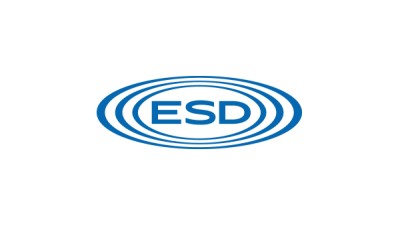Workplace Wellness: Comparing The Rating Systems

Health and wellness certifications, which aim to improve quality of life through the built environment, are multiplying, diversifying and gaining traction globally. These standards afford tenants transparency and comparability when it comes to building selection, while allowing properties to command higher rents and receive recognition for their commitments to green, sustainable, wellness-centric building.
ESD Sustainability Leader Tim Zelazny broke down these certifications and the measurable employee productivity and satisfaction data that supports their value propositions. Zelazny is a registered architect, LEED AP, WELL AP, Certified Passive House Consultant and Building Enclosure Commissioning Provider.

Bisnow: There are multiple new health and wellness certifications for commercial interior projects. How are they different from LEED and each other in focus, criteria and cost?
Zelazny: To put it simply, the newest certifications like WELL, Fitwel and RESET are focusing on health and wellness to improve employee productivity and attract talent.
The certifications we are familiar with, including LEED, Green Globes and Living Building Challenge, focused primarily on reduced consumption to save on operational costs. There is overlap with the health and wellness certifications and LEED, which can make attaining more than one easier.
WELL is the most comprehensive and costly health and wellness certification. It provides the greatest number of strategies to improve employee health and wellness; however, the fees for certification are high due to the required on-site verification.
To minimize difficultly and cost, projects can pursue minimum WELL certification, the Silver designation, by fulfilling only 36 out of the 98 total required credits. Many of these credits overlap with LEED v4. Certification review fees for a 100K SF tenant improvement are around $40K.
Fitwel is not as comprehensive as WELL since there are no required credits and no on-site verification. This certification focuses more heavily on the health and wellness aspects of an existing building — for example, walkability, location, fitness and base building indoor air quality policies. Having access to these items, which is common in the urban core, can help tenant improvement projects achieve Fitwel certification. Certification review fees are $6K for any project size.
RESET approaches health and wellness certification from a different perspective by focusing on measured results for air quality. RESET introduces mandatory sensor specifications, performance tracking metrics and IAQ thresholds. Air quality is constantly monitored and reviewed annually by the certification body. Certification review fees for a 100K SF tenant improvement project are around $7K.

Bisnow: We have heard a number of panelists and sources discuss how difficult conforming to LEED v4 can be. Can you share your experience and any cost-saving tips?
Zelazny: We are currently pursuing LEED Commercial Interiors v4 certification for our new office headquarters and several other projects. Our headquarters project is targeting LEED v4 certification with minimal additional construction costs due to our location in the urban core and our base building’s efficient water fixtures. Outside of Chicago code, our only considerable construction cost item was automated receptacles, which is a LEED v4 prerequisite. For projects located in California, all LEED v4 prerequisites are captured in CALgreen.
We are currently exploring utility incentives to receive rebates for automating receptacles and installing LED lighting and lighting sensors as part of our Chicago fit-out. We plan to use the rebate to help fund the installation of a lobby kiosk that monitors our energy consumption, as well as help fund our health and wellness certification, a strategy others can emulate.
Bisnow: Does fulfilling certification criteria have a measurable impact on tenant well-being?
Zelazny: Yes, it does. Outside of certifications delivering increased operational cost savings and reduced water consumption, there have been multiple studies that provide measurable data regarding employee effects from employing health and wellness strategies.

To highlight a few statistics, productivity improvements of 8-11% are not uncommon as a result of better air quality, office workers had significantly improved cognitive function scores when working in Green and Green+ environments compared with scores obtained when working in a conventional environment, and 52% of millennials said “living and working in a healthy environment” is influential to their personal health.
To learn more about this Bisnow content sponsor, which can be contacted directly to provide a gap analysis or incentive analysis on any certification, click here.

